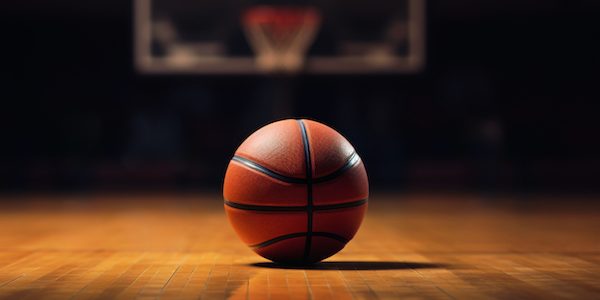
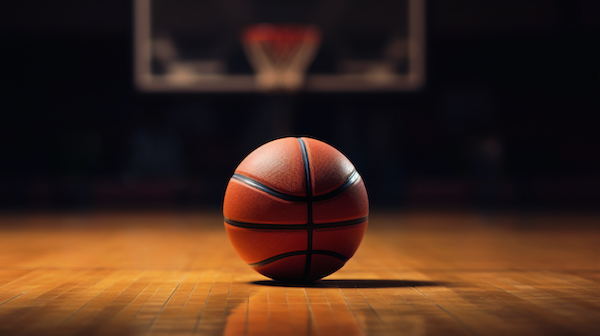
How to Improve Defense Before the Fall Basketball Season
NewsStaffPicksVOLLEYBALL — Served by NCVA August 22, 2024 Lauren Keating 0

As the fall basketball season approaches, it’s only a matter of time before players are back on the court. Athletes may have spent some time in the summer shooting some hoops with friends. But it’s important to turn focus on skill development to prepare for a great season. While offense often steals the spotlight, a strong defense is equally crucial to a team’s success. A well-rounded defensive game can disrupt opponents, create turnover opportunities, and provide the foundation for a championship run.
Here’s how basketball players can improve their defensive skills before the fall season kicks off.
Focus on Footwork
A solid defensive stance is needed to be effective on the defense. Players should practice maintaining a low stance, with knees bent, back straight, and arms out wide. This position allows for quick lateral movements and keeps players ready to react to the offensive player’s moves.
Footwork is equally important. Players should work on sliding their feet rather than crossing them, which helps maintain balance and prevent getting beat off the dribble.
Drills like the “Defensive Slide Drill,” where players move laterally from one side of the court to the other, can be particularly effective in building quick, responsive footwork.
Now is a great time to spend a few minutes after warming up practicing a defensive stance and the slide drill before each workout on the court–even if it’s in your driveway or at a local park.
Be Aware
Defense isn’t just about guarding your man or woman; it’s about understanding the game as a whole. Defensive awareness includes knowing where the ball is, anticipating opponents’ movements, and understanding defensive rotations.
One way to improve awareness is through “shell drills.” In these drills, players practice rotating and helping each other in different defensive scenarios. For example, if an opponent drives to the basket, defenders practice stepping in to help and then quickly recovering to their own man.
These drills teach players to stay aware of both the ball and their assignment, making them more effective on the court.
Arrange a workout with a teammate and practice these skills to stay sharp and work on awareness as a basketball player.
Develop Strong Communication Skills
To be great at defense, the athlete needs to be a great communicator. Players need to constantly talk to each other on the court, calling out screens, switches, and help. Strong communication helps prevent breakdowns in defense and ensures all players are on the same page.
Arrange a meet-up with some teammates and work on drills that require verbal communication. For example, in a 3-on-3 drill, players can be required to call out every screen or switch, with the coach emphasizing the importance of clear, loud communication.

Photo by Tim Mossholder on Unsplash
Work on Defensive Rebounding
Securing a defensive rebound is the final step of a successful defensive possession. Players should focus on boxing out their opponents and going up strong for the rebound. This requires both physical toughness and good timing.
It’s a good idea to work in some speed drills into a workout to be able to chase the opponent on the court. Then to improve rebounding, players can practice box-out drills where they focus on positioning their bodies between the opponent and the basket. Additionally, they can work on “rebound and outlet” drills, where they secure the rebound and make a quick, accurate outlet pass to start the fast break.
Increase Defensive Intensity
Having good defense means having the stamina and endurance to keep up with the other team. This means the player needs to put in as much effort as they can to have the skill. Make sure to get in weekly workouts that work on endurance. Agility drills are also important to be able to switch direction and gain possession of the ball at the drop of a hat.
One way to build this intensity is through conditioning drills that simulate game situations. For example, players can run through high-intensity interval training (HIIT) drills that mimic the bursts of energy required during a game. The goal is to condition the body to maintain a high level of effort throughout the game, ensuring that players can keep up their defensive pressure.
Conclusion
Defense is a critical aspect of basketball that requires focus, discipline, and effort. By working on their defensive stance and footwork, improving awareness and communication, mastering rebounding, and increasing intensity, players can significantly enhance their defensive game. As the fall season approaches, these improvements will not only help them become good defenders but also contribute to their team’s overall success.


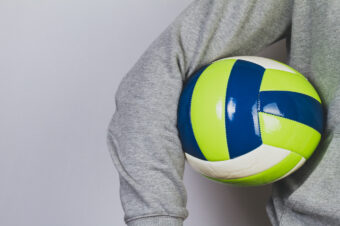
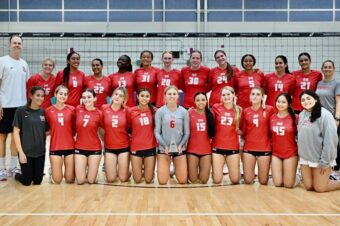
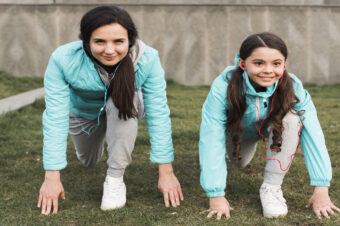


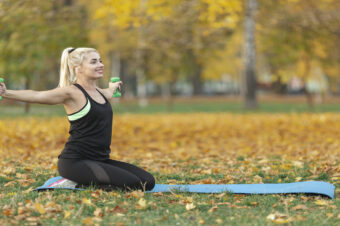
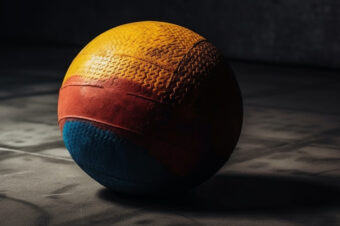
No comments so far.
Be first to leave comment below.